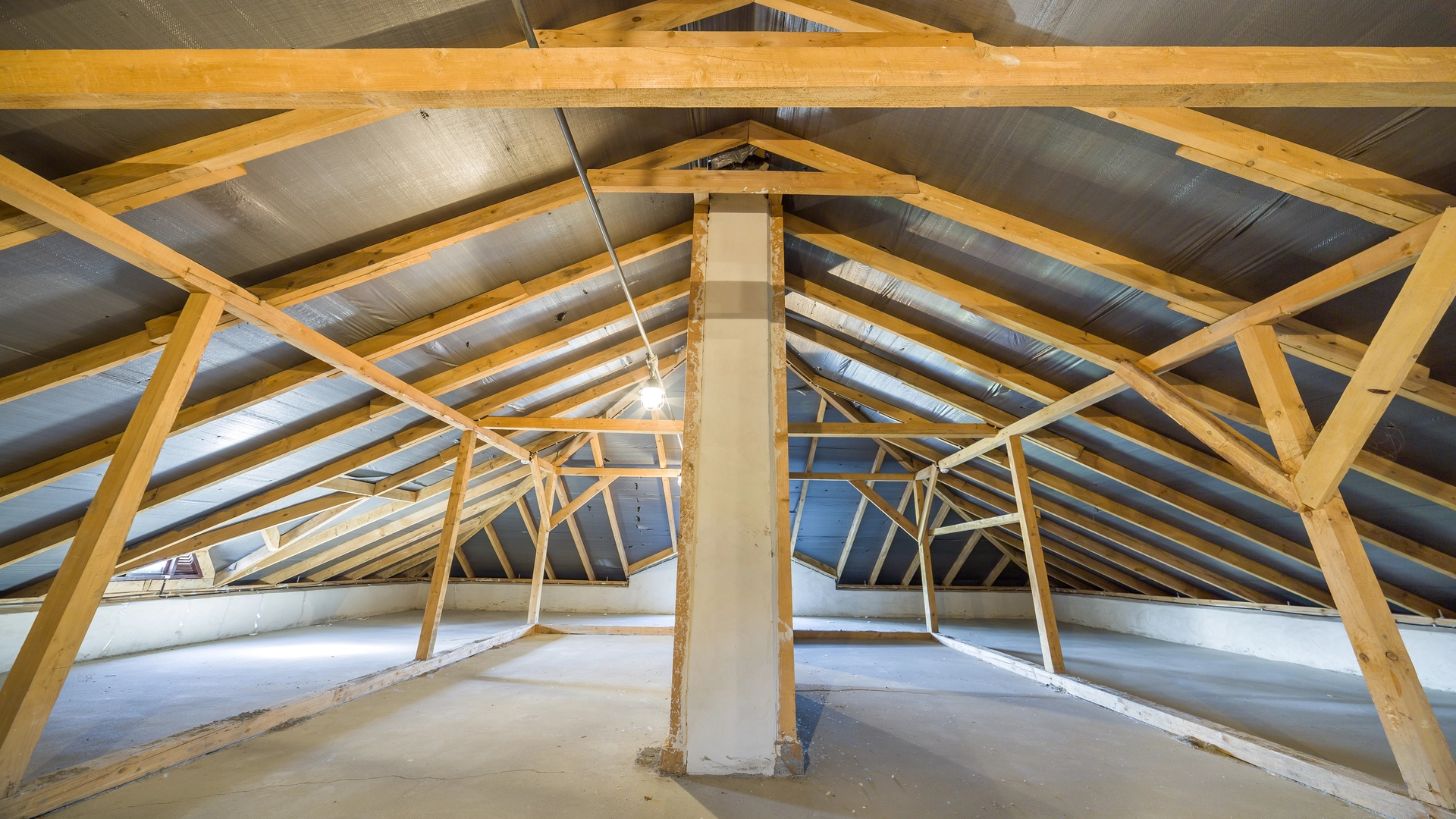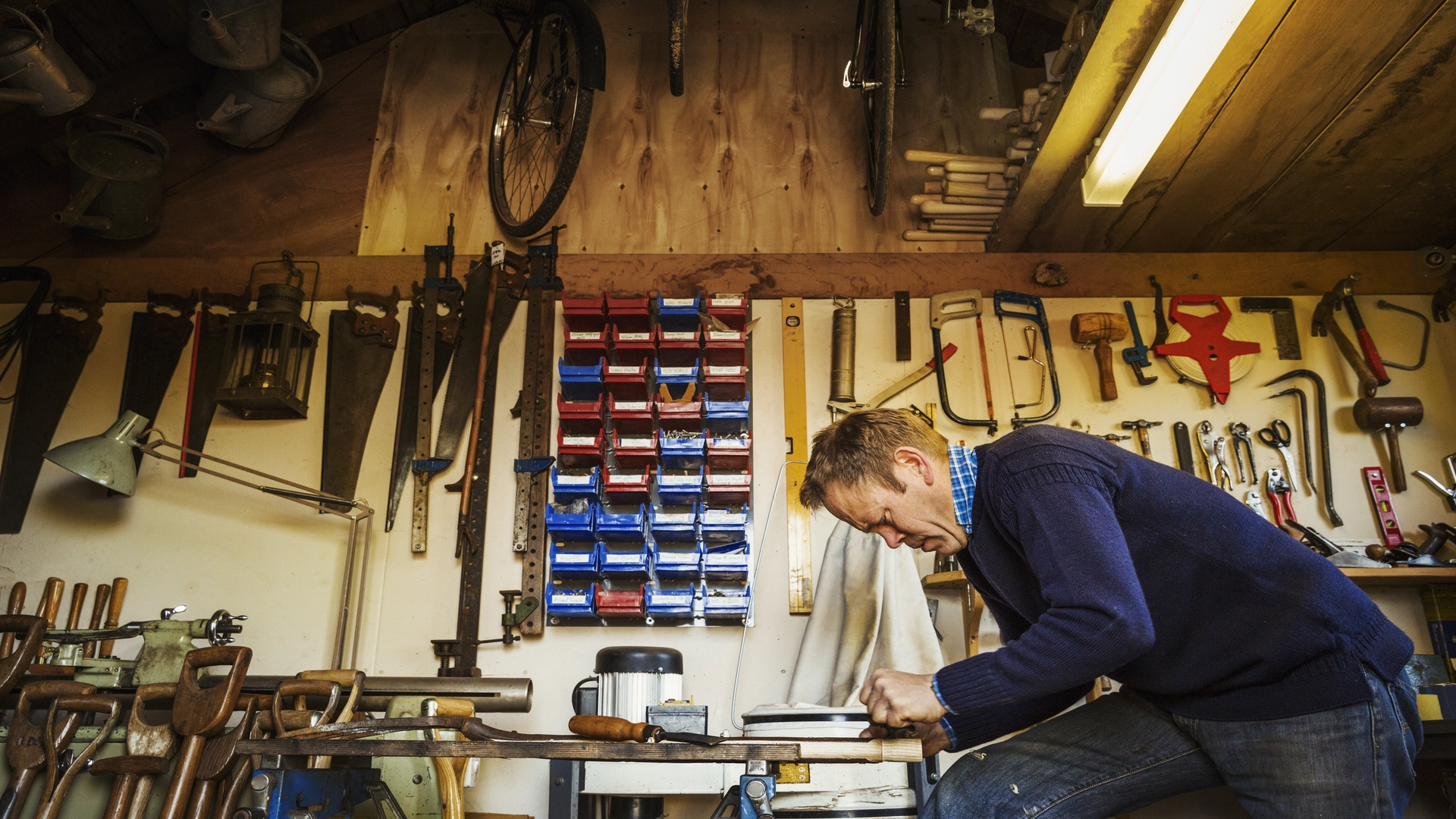Basements are the unsung heroes of our homes, often silently supporting the weight of the entire structure. One crucial element ensuring this support is the often-overlooked basement support beams. In this comprehensive guide, we’ll take you through the process of installing these essential components, shedding light on their importance and providing you with a step-by-step DIY tutorial.
Understanding the Need for Basement Support Beams
In the world of DIY home projects, it’s super important to understand why basement support beams are a big deal when you’re thinking about installing them. These beams are like the superheroes of your house, doing a crucial job to make sure everything stays in place. Basement support beams are like the backbone of your home, holding up the weight of the whole structure so it doesn’t sag or get wobbly.

They’re like the strong muscles that evenly spread out the weight, so your house stays nice and level. This isn’t just about making your home sturdy; it’s also about keeping it safe. So, when you’re getting into the nitty-gritty of putting in basement support beams as a DIY project, it’s key to remember that they’re the unsung heroes that keep your house standing tall and strong. Understanding their superhero role is the first step to tackling this important home improvement job with care and know-how.
Assessing Your Basement’s Structural Needs
Planning to add basement support beams on your own? Start by really looking at your basement to figure out what it needs. It’s super important to do this carefully to make sure everything goes well and stays safe. Check if your basement floor is level and see if there are any parts that are lower or higher than they should be.
Use a tool called a level to help you do this, especially at the corners and where the heavy stuff is. Also, take a good look at the supports that are already there and mark any spots that might need some extra strength. This first look is key to doing the job right. It helps you find and fix problems early, making the whole DIY project easier and smarter.
Gathering Materials and Tools for basement support beams
Ready to take on the challenge of installing basement support beams? Let’s start by getting all the stuff you need for a successful job. Make a list of things like strong steel support beams, concrete mix, and safety gear that fits your basement. Don’t forget about tools – get a tough jack, a level for accuracy, and a power drill to make things easier.

Safety first, so grab gloves, safety glasses, and a hard hat too. Planning ahead and having everything ready will make installing basement support beams a breeze. This way, your DIY project will be efficient, and your basement will be safer and better!
Preparing Your Basement for Installation of basement support beams
Getting your basement ready for installing support beams might sound like a big task, but with some simple steps, you’ll be all set. First things first, clear out your basement and get rid of any stuff that might get in the way. Take a good look at the base of your house for any issues or weak spots and fix them up. Measure everything carefully to figure out exactly where your support beams should go, and mark those spots.
Now, think about what kind of beams you want – steel or wood. Pick ones that are strong and match what your house needs. Make sure your basement has good airflow so that anything you use during the installation dries up properly. By doing all this, you’ll create a strong base for putting in your support beams, making your house safer and steadier.
Step-by-Step Installation Process for basement support beams
Setting up basement support beams is a crucial part of any DIY project that boosts the strength of your home’s foundation. Let’s break down the steps to make it simple. First off, look at your basement layout and find the spots that really need support. Then, get all the materials you need.
Now, it’s time to measure and cut the support beams. Be super precise so they fit just right. Safety first! Make sure the area is secure, and use the right tools. Grab some strong, adjustable jacks to gradually lift and support your place. This avoids any damage.

Next, reinforce the beams with good fasteners like bolts or screws. Adjust things as needed to make sure everything fits snugly. Check that the beams are level and aligned throughout the process. This way, you can be sure they’re doing their job well. Following these steps makes the whole process easier for folks tackling this as a DIY project. It keeps things safe and builds confidence for a successful finish.
Common Challenges and How to Overcome Them
Putting in basement support beams by yourself can be a really cool project, but it does have some tricky parts. One common problem is making sure you measure things just right for the beams to give good support. Start by measuring how long and wide your basement is to figure out the beams’ correct size. Also, picking the right materials is super important to make sure they can handle the weight. Another challenge is making sure the beams stay in place really well.
To beat this, use good tools like a laser level to be super exact when you’re putting them in. Also, check the local rules for building things to make sure you’re following the law and won’t get in trouble later. Lastly, if you run into problems during the project, it’s smart to get advice from professionals or look at online forums for help. By tackling these challenges step by step and paying close attention, you can finish the project successfully and make your basement super sturdy.
Ensuring Compliance with Local Building Codes
When you decide to tackle a DIY project, like putting in basement support beams, it’s super important to keep things safe and follow the rules set by your local area. These rules aren’t just to make things complicated—they’re there to make sure your project is strong and won’t cause any problems down the road. Local building codes are like a guidebook that helps you build things the right way. So, before you start working on those basement support beams, take some time to look into the rules that apply to where you live.
This step makes your DIY adventure smoother, making sure you’re doing everything the right way. From thinking about how much weight the beams need to hold to the type of materials to use, knowing these rules ensures your basement support beams don’t just work well but also meet the safety standards everyone agrees on. Following these steps doesn’t just make your project last longer, it also keeps your home safe and sound.
Maintenance Tips for Longevity
To make sure your basement support beams last a long time, it’s super important to take good care of them. Regular check-ups are key to spotting any problems early on, so you can fix them before they get worse. Start by looking closely at the beams for cracks, rust, or any weird changes. Also, keep an eye on the area around them for leaks or too much dampness because these things can make the beams wear out faster.

When you do your check-ups, pay special attention to where the beams connect and make sure everything is still nice and tight. It’s a smart move to put on a protective coating, like waterproof sealants, to keep out any water damage. And don’t forget to have the pros come in and take a closer look every so often to really make sure everything is solid. Doing these things not only helps your basement support beams last longer, but it also keeps your whole home safe and steady.
Frequently Asked Questions (FAQ)
How do I know if my basement needs support beams?
If you’re wondering whether your basement needs support beams, look for signs like sagging floors, cracks in walls, or doors that don’t close properly. Check for any unusual shifts or tilts in the structure. If you notice these issues, it’s essential to consult with a professional or a structural engineer. They can assess the situation and determine if adding support beams is necessary to ensure the stability and safety of your basement.
Can I install support beams myself, or should I hire a professional?
Installing support beams is a crucial task that requires structural knowledge and skills. It’s generally recommended to hire a professional for this job. They have the expertise to assess your specific needs, ensure safety, and comply with building codes. Trying to install support beams without the right knowledge can lead to structural issues or safety concerns. Hiring a professional ensures the job is done correctly and safely.
Where can I source quality materials for basement support beams?
You can find good materials for basement support beams at construction supply stores, home improvement stores, or online retailers. Look for places that specialize in construction materials, and make sure to choose materials that meet the safety and quality standards for supporting your basement.
What if I encounter problems during installation?
If you have trouble installing something, don’t worry! First, check the installation instructions to make sure you’re doing everything correctly. If you’re still having issues, look for help online, like on forums or the product’s website. Sometimes, others have faced the same problem and can offer solutions. If all else fails, don’t hesitate to contact the support team for assistance. They’re usually happy to help you get things up and running smoothly.
How long do basement support beams typically last?
Basement support beams usually last a very long time, often several decades or even longer. However, their lifespan can be influenced by factors like the quality of materials, the environment, and how well they’re maintained. In general, a well-built and maintained basement support beam can last 20 years or more. Regular inspections and addressing any issues promptly can help ensure they stay strong and stable for a long time.
Conclusion
In wrapping up our guide, remember that your home’s structural integrity is in your hands. By understanding, assessing, and installing basement support beams, you’re not just enhancing your property; you’re ensuring a safer and more stable environment for your loved ones. So, grab your toolkit and let’s build a foundation that stands the test of time.
